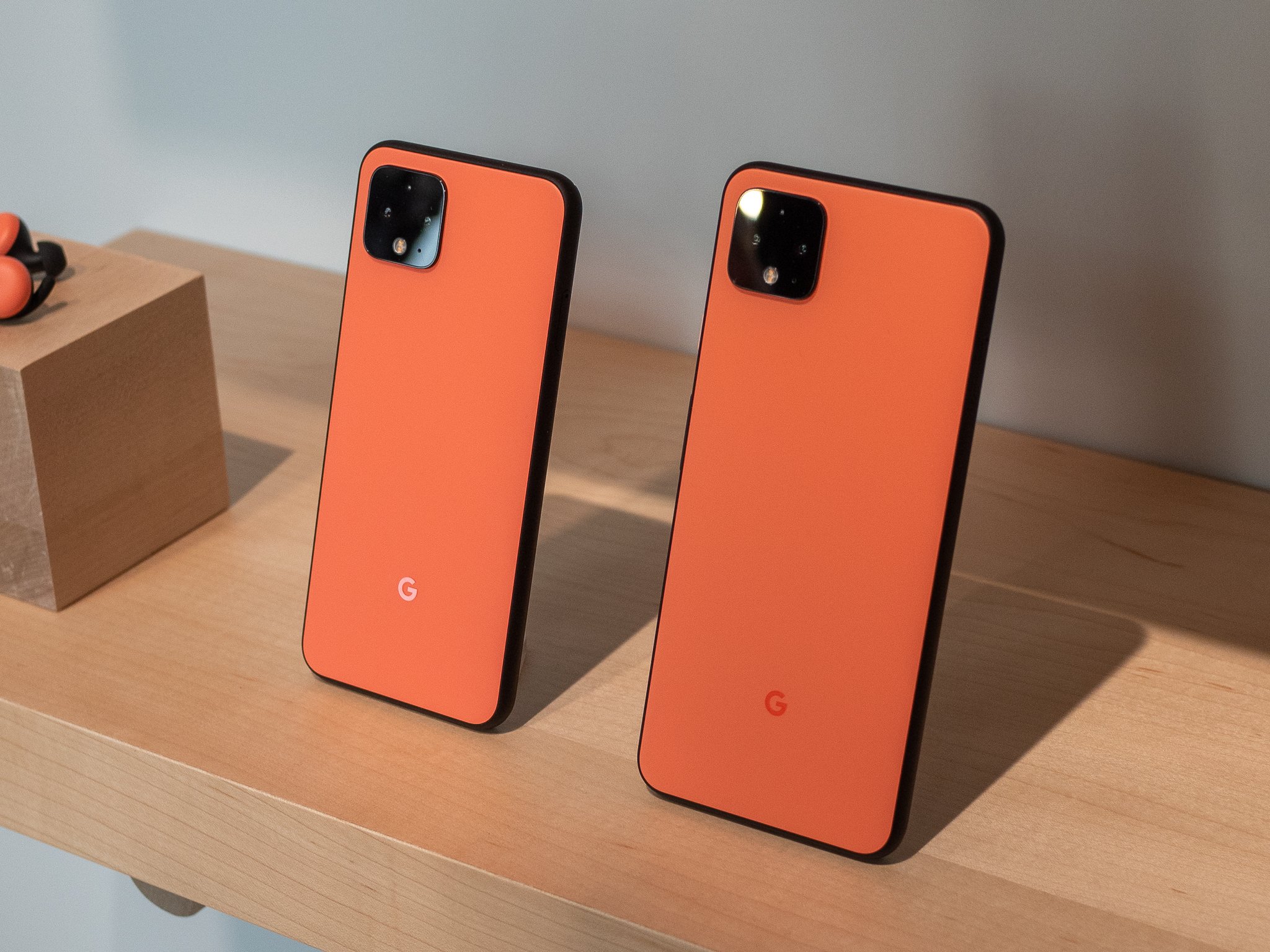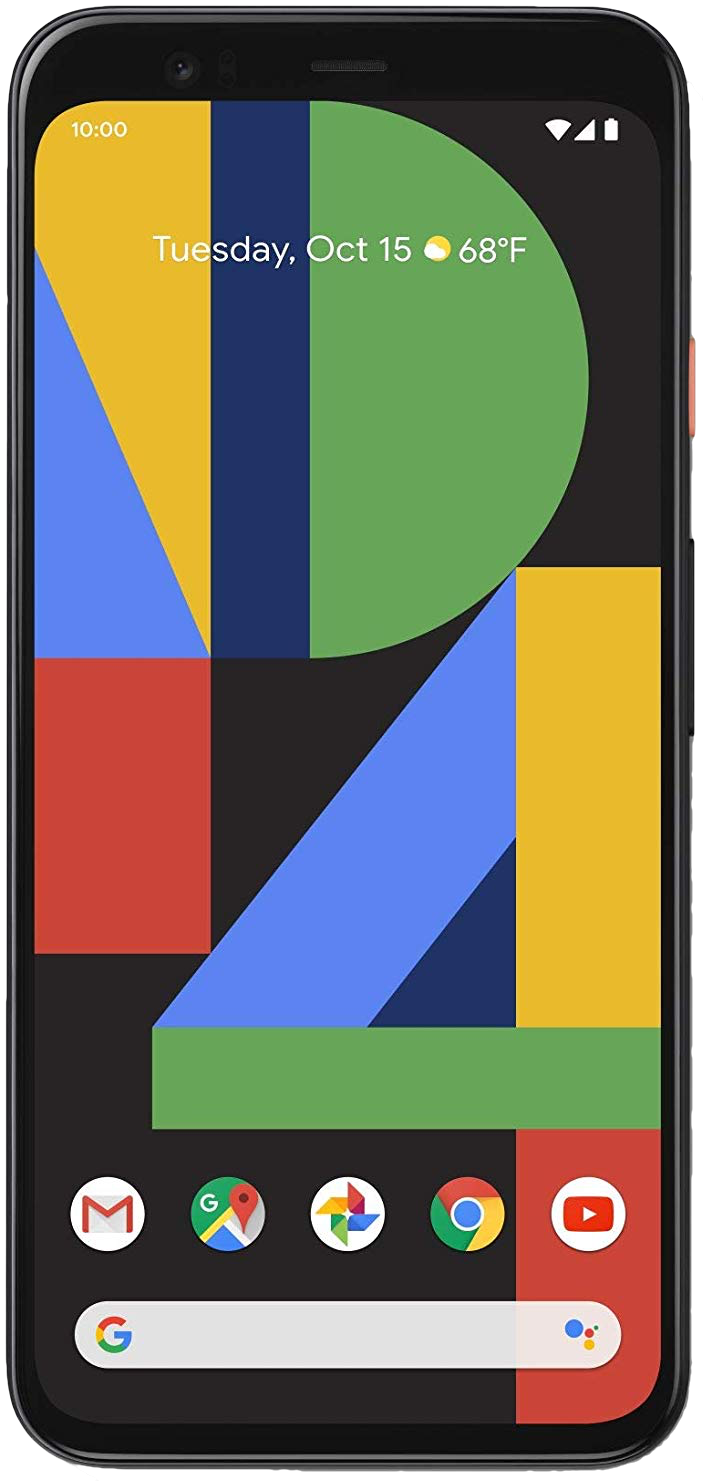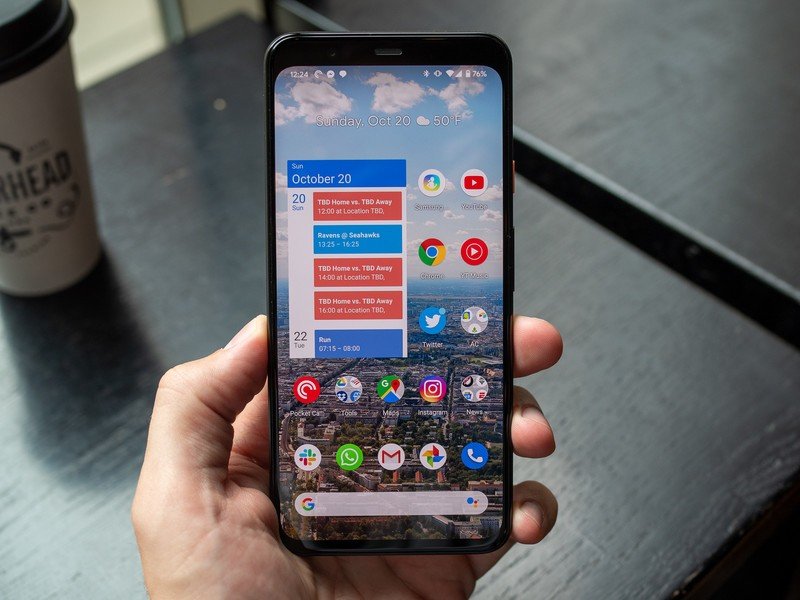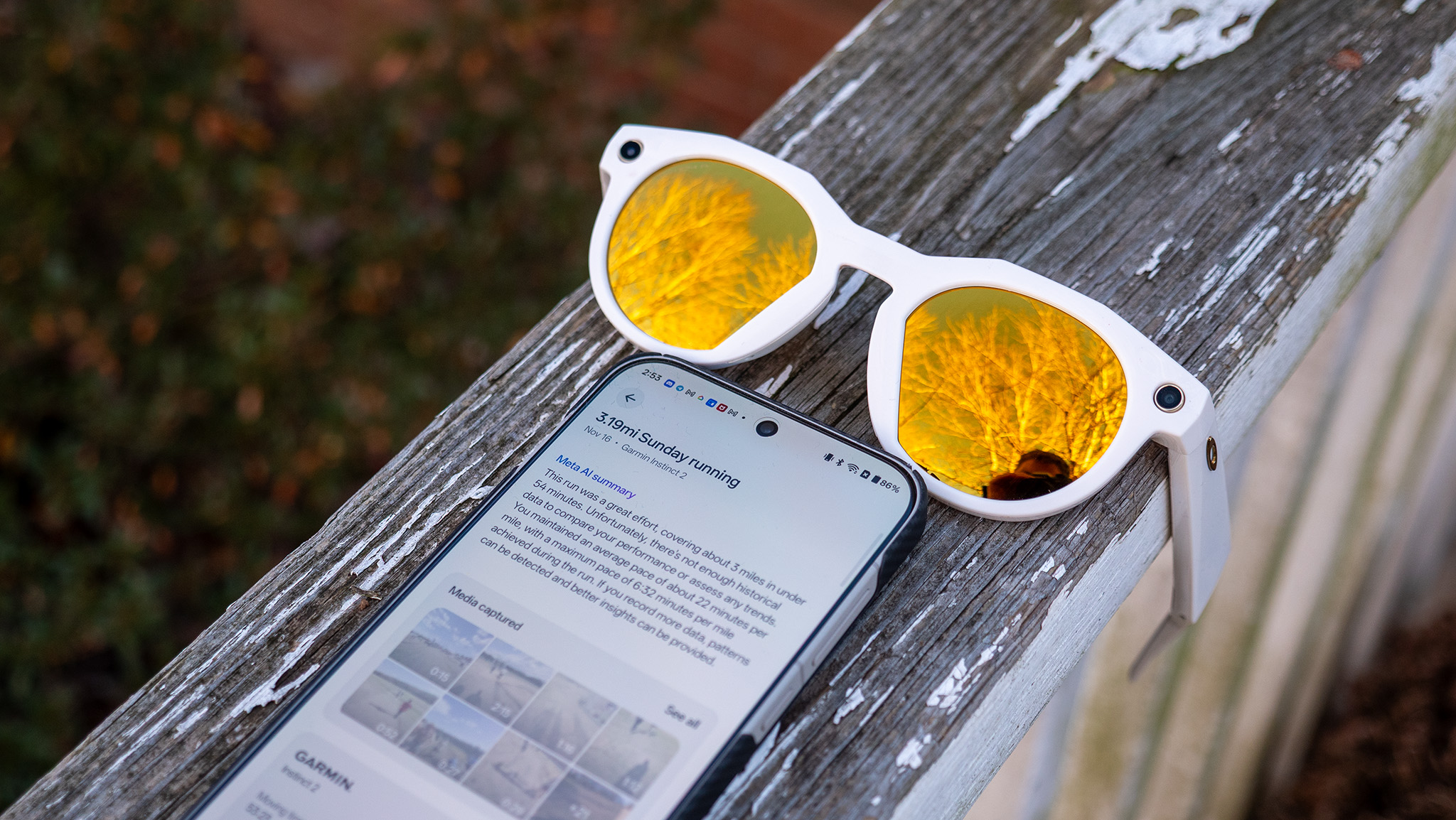From the Editor's Desk: Dropped to $600, the Pixel 4 XL is now a compelling mid-range phone

Google cut the prices of the Pixel 4 and 4 XL on the Google Store by $300 each this week, down to $500 and $600; and Amazon's price dropped to match. Short-term sales and certain retailers had dropped the Pixels down to these prices before, but with Google setting its own store prices there, it shows this is the new ceiling for the Pixels until they're replaced later this year.
The combination of this $300 price cut, and a swath of 2020 flagships coming out at ever-higher prices, have created an interesting situation: the Pixel 4 and Pixel 4 XL are now compelling mid-range phones.
The Pixel 4 XL, in particular, offers surprisingly competitive value with its larger screen and slightly more acceptable battery life. (I still wouldn't recommend the Pixel 4, due to its poor battery life, unless you're dying to have a small phone.) Flagship phones now hover around the $1000 price point, which is an entirely different ballpark than where the Pixel 4 XL is now playing.
We all have different definitions of what "mid-range" is, and it certainly has changed over the last few years. But when you look at the data of what phones sell for, anything in the $350-$650 is now considered mid-range. A broad segment, indeed, but anything higher starts to be considered a flagship while anything lower is purely focused on budget buyers.
Expectations change dramatically when your phone is only $600 in 2020.
The important point of putting the Pixel 4 XL in this price range is that the expectations change dramatically. For hundreds less than proper flagship phones, you know you aren't going to get everything. For $600, every phone you can buy is going to be missing features, specs or certain capabilities — and individual standout feature matter a whole lot more. And I'm sure this will muddy the waters when the Pixel 4a is announced soon, probably at $400, but that's another discussion to have in a couple weeks when it's official.
Think about it: now the Pixel 4 XL, Google's best phone and arguably still the best smartphone camera available, is now $100 less the OnePlus's cheapest phone, the OnePlus 8. Yes the OnePlus 8 has a better screen, longer battery life and newer specs, but it isn't a guaranteed winner here. The Pixel 4 XL has dramatically better cameras, more unique hardware, Google-exclusive software features and wireless charging.
You can forgive many of the Pixel 4 XL's flaws at this price, and put more weight on its strengths.
At $600, you can probably forgive its slightly dim screen and last-gen spec sheet; and you might even be okay with its weak battery life. And you also know that in giving up a few things there, you're getting incredible camera quality. It's interesting what a difference the price can make — when you're saving hundreds of dollars, you get dramatically more lenient about what you accept in a phone. In my 6-month on review of the Pixel 4 XL I found it still has a whole lot going for it in its software, camera and overall experience — and despite its specs, its performance has continued to be great.
Get the latest news from Android Central, your trusted companion in the world of Android
Even though we know the Pixel 4 XL can't compete head-to-head anymore with the Galaxy S20+ or even the OnePlus 8 Pro, it absolutely can compete in the middle tier of phones focused on value and price. We should stop looking at the Pixel 4 XL as a flagship phone, and look at it where Google itself sees the phone: in the mid-range.
-Andrew

With a big price cut, it's worth looking at again
The Pixel 4 XL doesn't command its original price — but for $300 off, it plays in a different category and actually looks really good. Yes, its battery life is still bad, and the spec sheet is weak. But the software and camera are exceptional, and there are lots of nice features here to stand out at $600.

Andrew was an Executive Editor, U.S. at Android Central between 2012 and 2020.

